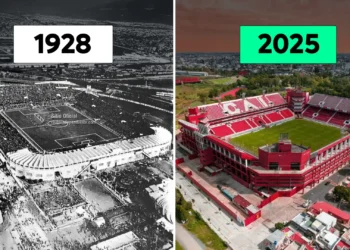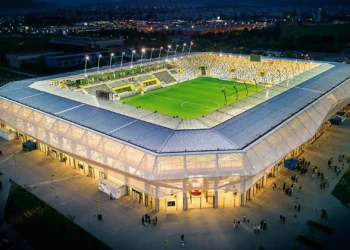Olympic stadiums stand as iconic symbols of international athletic excellence and national pride. These large, state-of-the-art venues host some of the most significant sporting events globally. Here’s a list of the 10 best Olympic stadiums in the world, ranked by their seating capacity.
10. Sydney Olympic Stadium, Australia
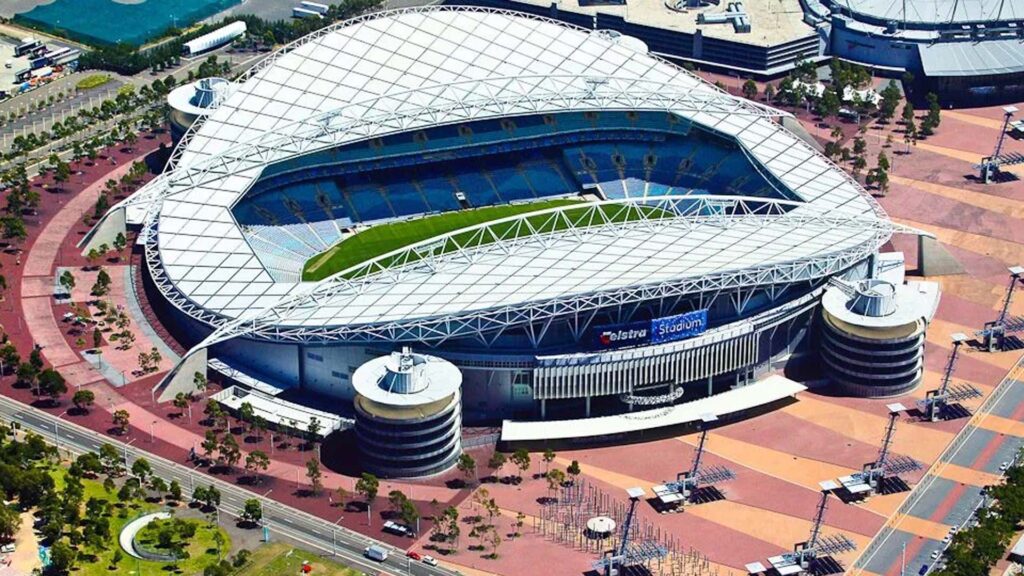
- Capacity: 83,500 seats
Constructed for the 2000 Sydney Olympics, this stadium is among the largest in the Southern Hemisphere. Its modern architecture and impressive capacity make it a top venue for major sports like football and rugby.
9. Montreal Olympic Stadium, Canada
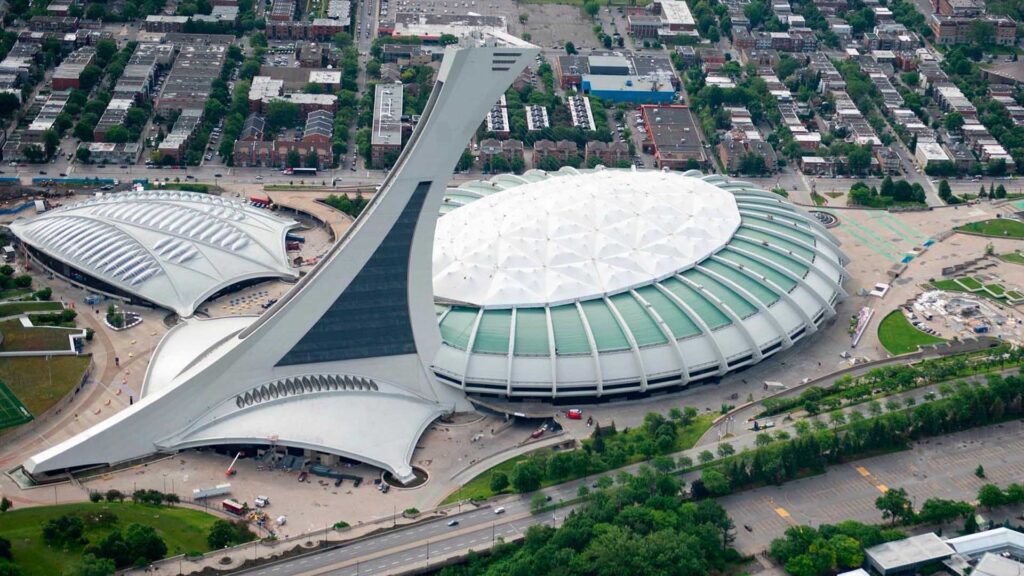
- Capacity: 56,040 seats
Built for the 1976 Montreal Olympics, this futuristic stadium is known for its distinctive curved tower. Its unique design and capacity make it one of the most prominent venues in North America.
8. London Olympic Stadium, United Kingdom
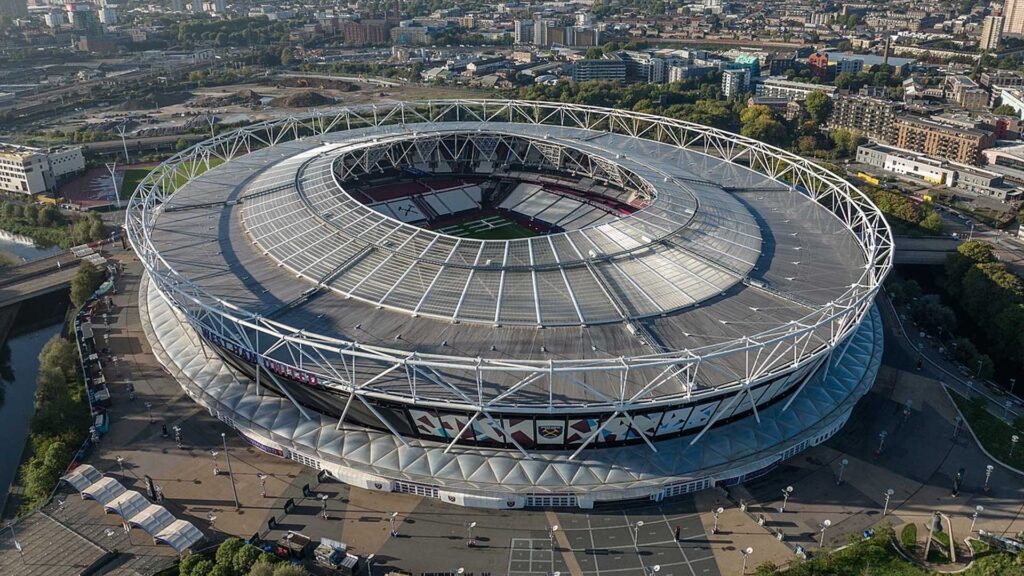
- Capacity: 66,000 seats (expandable to 80,000)
Designed for the 2012 London Olympics, this versatile stadium is used for a variety of events, including football and concerts. It is also home to West Ham United Football Club.
7. Athens Olympic Stadium (“Spiros Louis”), Greece
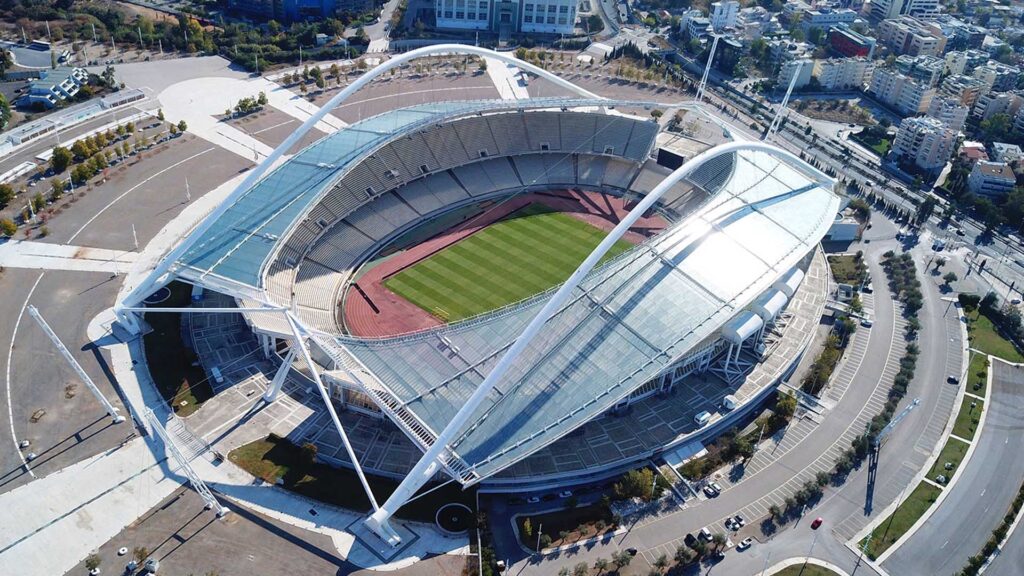
- Capacity: 69,618 seats
Rebuilt for the 2004 Athens Olympics, this stadium blends modern design with historical significance, honoring the birthplace of the Olympic Games. Its unique architecture and cultural importance make it a must-see landmark.
6. Stade de France, Paris, France
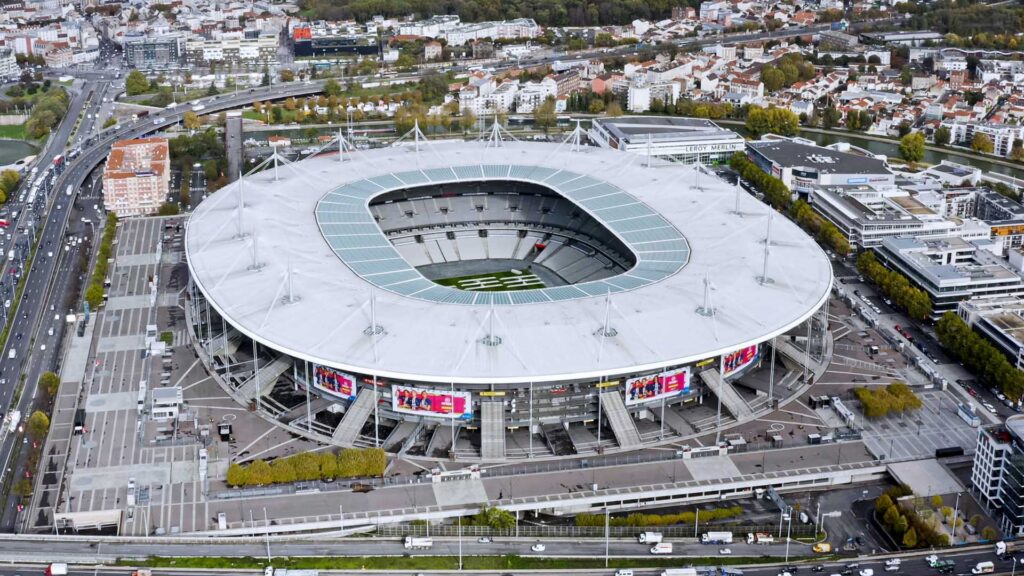
- Capacity: 80,698 seats
Constructed for the 1998 FIFA World Cup, Stade de France will serve as the venue for the 2024 Paris Olympics. This monumental stadium is a multi-purpose facility, hosting a wide range of sporting events and concerts.
5. Berlin Olympic Stadium, Germany
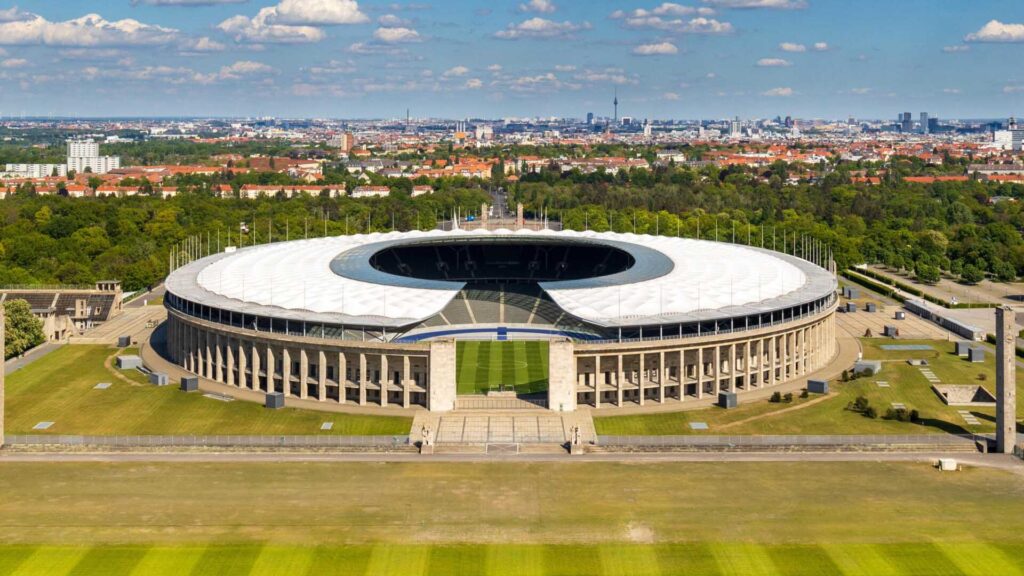
- Capacity: 74,475 seats
Built for the 1936 Berlin Olympics, this historic stadium has hosted countless events, including the 2006 FIFA World Cup final. Its legacy and impressive size make it a symbol of Germany’s sports culture.
4. Maracanã Stadium, Rio de Janeiro, Brazil
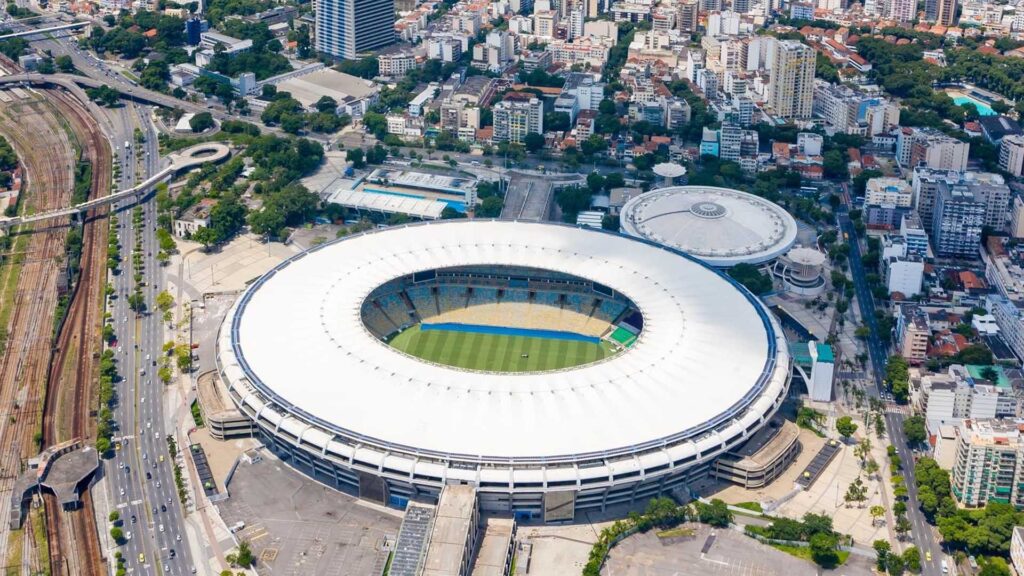
- Capacity: 78,838 seats
Famous worldwide, Maracanã is a football landmark and was used for the opening and closing ceremonies of the 2016 Rio Olympics. Despite its football heritage, it was adapted for various Olympic events and continues to be a key sports hub in Brazil.
3. Beijing National Stadium (“Bird’s Nest”), China
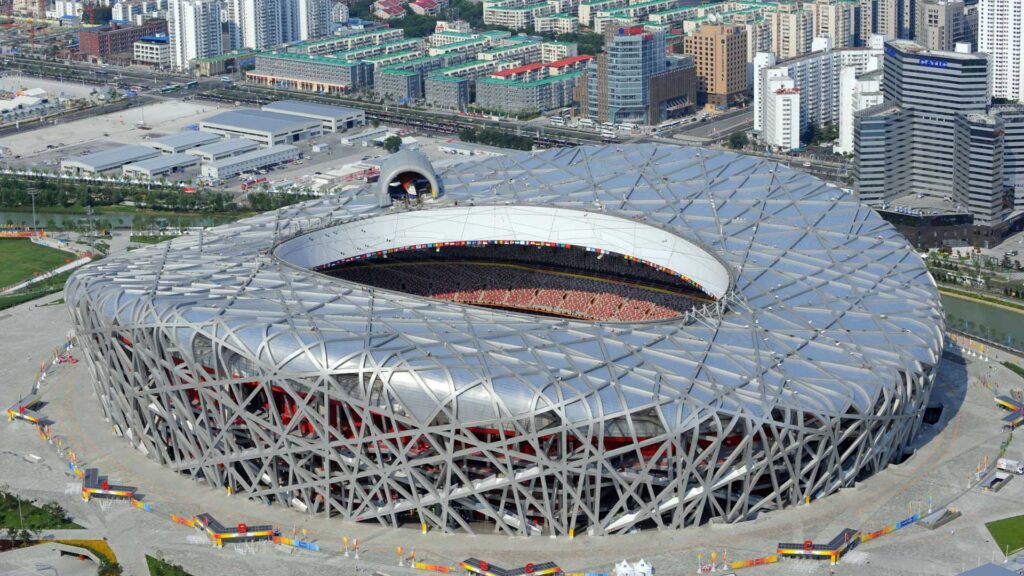
- Capacity: 80,000 seats
Built for the 2008 Beijing Olympics, the “Bird’s Nest” is globally recognized for its striking design. Its intricate steel framework draws millions of visitors, and it serves as a premier venue for large sporting events and concerts.
2. Seoul Olympic Stadium, South Korea
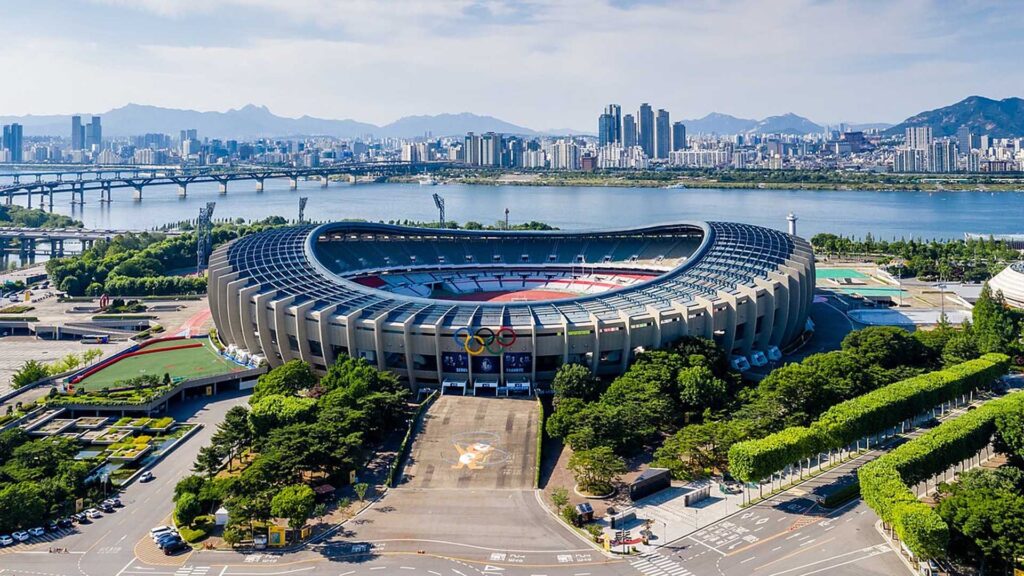
- Capacity: 69,950 seats
As the main venue for the 1988 Seoul Olympics, this stadium remains one of the largest in Asia. Designed to symbolize peace and harmony, it has become an architectural landmark in South Korea.
1. Luzhniki Olympic Stadium, Moscow, Russia
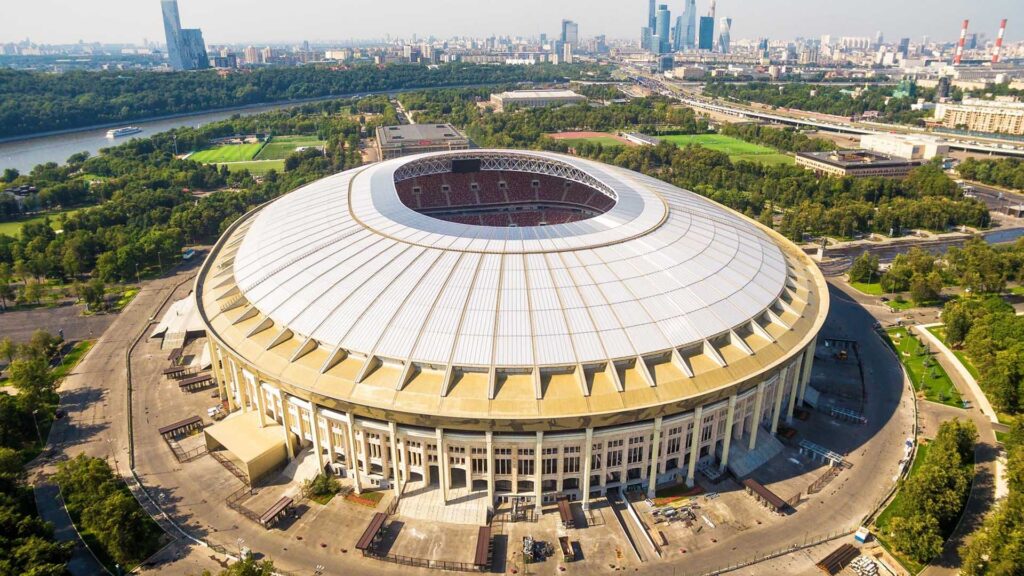
- Capacity: 81,000 seats
Originally built for the 1980 Moscow Olympics, Luzhniki is one of the largest stadiums in the world. Its timeless architecture and expansive space have hosted major events, including UEFA Champions League finals.
Each of these stadiums carries its own legacy, blending architectural innovation with the spirit of the Olympics, making them central to both national identity and international sports history.



